Rajasthan Green Marble
 India
(Udaipur, Rajasthan)
India
(Udaipur, Rajasthan)
Rajasthan Green Marble, also recognized as Udaipur Green Marble or Verde Guatemala Marble, is a striking and distinctive natural stone known for its captivating green hues and intricate veining. Quarried in the lush and mineral-rich Aravali mountain range, specifically in Udaipur, Rajasthan state of India, this marble carries a unique charm that makes it a favored choice for various architectural and design applications. Here is a detailed description:
Color Palette: Rajasthan Green Marble features a captivating and varied color palette that ranges from dark to light green. Its primary background exudes a deep, earthy green hue, which gradually transitions to lighter shades. This gradient of green shades adds depth and dimension to the stone, making it exceptionally appealing.
Veining Pattern: One of the most distinctive characteristics of Rajasthan Green Marble is its intricate veining pattern. The veins within the stone echo the same green color as the background, creating an elegant and harmonious visual flow. The veins may vary in thickness and distribution, forming natural, artistic patterns that add a sense of movement and beauty to the stone.
Origin: This exquisite marble is extracted from quarries nestled within the rich and historic Aravali mountain range in Udaipur, Rajasthan, India. The geological processes specific to this region have contributed to the stone's unique coloration, veining, and overall visual appeal.
Durability: Marble, including Rajasthan Green Marble, is celebrated for its durability, making it a practical choice for a variety of applications. However, it's essential to understand that marble is a natural stone and may require proper sealing and maintenance to preserve its aesthetics and durability over time.
Applications: Rajasthan Green Marble's unique appearance and durability make it a versatile choice for a wide range of architectural and design purposes, including:
- Flooring: It is frequently used for interior and exterior flooring, where its natural green hues and intricate veining patterns create a sense of luxury and style.
- Countertops: Rajasthan Green Marble is a popular choice for kitchen and bathroom countertops, adding both functionality and a touch of elegance to these spaces.
- Wall Cladding: It is employed for interior and exterior wall cladding, transforming walls into focal points with its dynamic movement and luxurious appearance.
- Architectural Elements: Designers and craftsmen often use Rajasthan Green Marble to create custom architectural elements such as columns, balusters, and intricate carvings, where its unique aesthetics shine.
- Decorative Features: This marble is ideal for crafting decorative features, including sculptures, tabletops, and ornate inlays, which enhance the visual appeal of interiors.
In summary, Rajasthan Green Marble is a remarkable natural stone quarried in the Aravali mountain range of Udaipur, Rajasthan, India. It features dark to light green hues with veins of the same color, creating a sense of harmony and elegance. Its dynamic and striking appearance, combined with its durability, makes it a favored choice for a wide array of architectural and design projects, adding a touch of natural beauty and sophistication to spaces.

Can water marks be removed from Rajasthan Green Marble countertop?

Can wine marks be removed from Rajasthan Green Marble countertop?

How thick is India's Rajasthan Green Marble slabs?

What is the disadvantage of Rajasthan Green Marble countertops?

Do Rajasthan Green Marble kitchen countertops crack easily?

Can I put hot pots on Rajasthan Green Marble countertop?

What are the disadvantages of Rajasthan Green Marble flooring?

Can India's Rajasthan Green Marble be used in a office?

Does water stain Rajasthan Green Marble countertops?

Does olive oil stain Rajasthan Green Marble kitchen countertop?

What is the best way to cut Rajasthan Green Marble tiles?

What is the best adhesive for Rajasthan Green Marble mosaic?

Do Rajasthan Green Marble mosaic tiles need sealing?

Is India's Rajasthan Green Marble an expensive stone?

Can India's Rajasthan Green Marble be used exterior applications in very rainy climates?

What is the best stain remover for Rajasthan Green Marble?

How do I make my Rajasthan Green Marble floor shiny again?

How can I remove water rings from Rajasthan Green Marble table top?

What tool is used to drill a hole in Rajasthan Green Marble?

Can I use Rajasthan Green Marble mosaic on a kitchen floor?

Can India's Rajasthan Green Marble be used in wall coverings?

Are there color variations of India's Rajasthan Green Marble?

Can I use Rajasthan Green Marble mosaic on a bathroom floor?

What is the coefficient of friction of Pickled India's Rajasthan Green Marble tiles?

Are lemon stains on Rajasthan Green Marble permanent?

Do Rajasthan Green Marble floor tiles crack easily?

How can I clean badly stained Rajasthan Green Marble countertop?

What is the average water absorption of India's Rajasthan Green Marble?

What grade is India's Rajasthan Green Marble?

Can India's Rajasthan Green Marble be used outdoors?

How can I cut Rajasthan Green Marble trim?

Does coffee stain Rajasthan Green Marble countertops?
-

XIAMEN REFINESTONE INDUSTRIAL CO.,LTD.
 China
China
 14YRDiamond members are premium members on platform, providing members with comprehensive approach to promoting their products, increasing products exposure and investment return to maximize.
14YRDiamond members are premium members on platform, providing members with comprehensive approach to promoting their products, increasing products exposure and investment return to maximize.
 Verified Supplier is for prove company authenticity,including business license,trade license and effective office space,to enhance buyers' trust to suppliers and their products, reducing communication costs.
Verified Supplier is for prove company authenticity,including business license,trade license and effective office space,to enhance buyers' trust to suppliers and their products, reducing communication costs.
Contact Supplier
-

-

 India
India
 Verified Supplier is for prove company authenticity,including business license,trade license and effective office space,to enhance buyers' trust to suppliers and their products, reducing communication costs.
Verified Supplier is for prove company authenticity,including business license,trade license and effective office space,to enhance buyers' trust to suppliers and their products, reducing communication costs.
Contact Supplier
-

-

-

-

-

-

-

 India
India
 3YRDiamond members are premium members on platform, providing members with comprehensive approach to promoting their products, increasing products exposure and investment return to maximize.
3YRDiamond members are premium members on platform, providing members with comprehensive approach to promoting their products, increasing products exposure and investment return to maximize.
 Verified Supplier is for prove company authenticity,including business license,trade license and effective office space,to enhance buyers' trust to suppliers and their products, reducing communication costs.
Verified Supplier is for prove company authenticity,including business license,trade license and effective office space,to enhance buyers' trust to suppliers and their products, reducing communication costs.
Contact Supplier
The request includes: 1. surface finished, size 2. quantity required
 Joh***Wrote:
Joh***Wrote:
I want to buy Rajasthan Green Marble. Need replacement pieces for a fireplace.






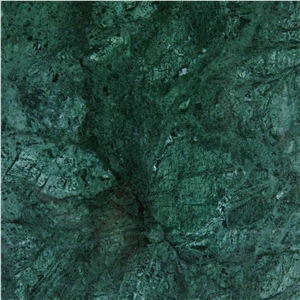
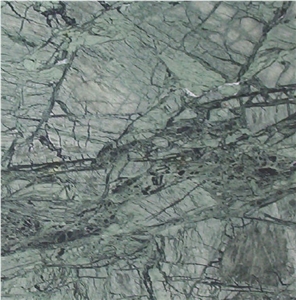
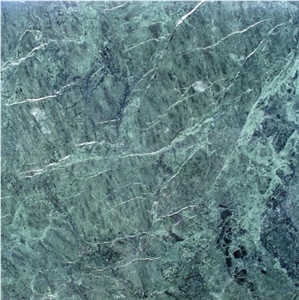
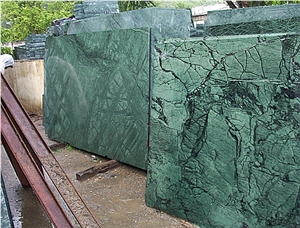
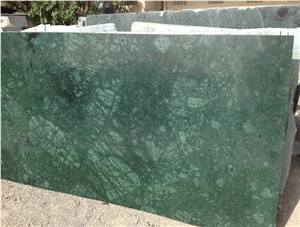
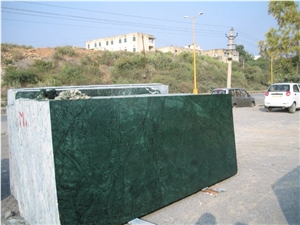
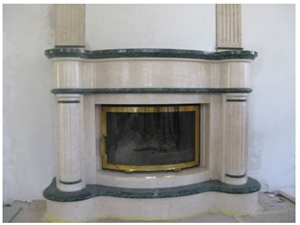
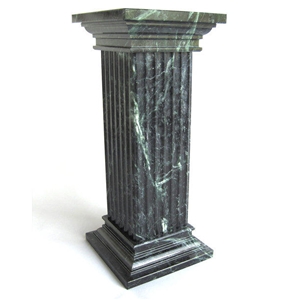
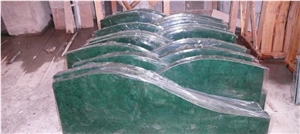
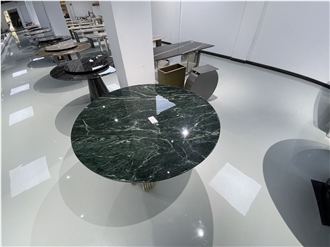
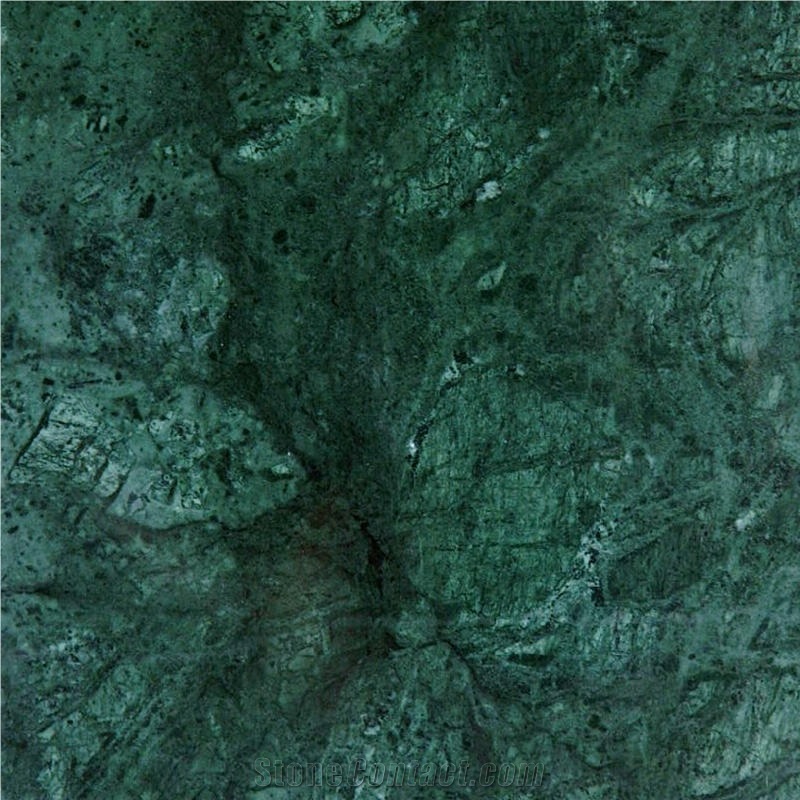
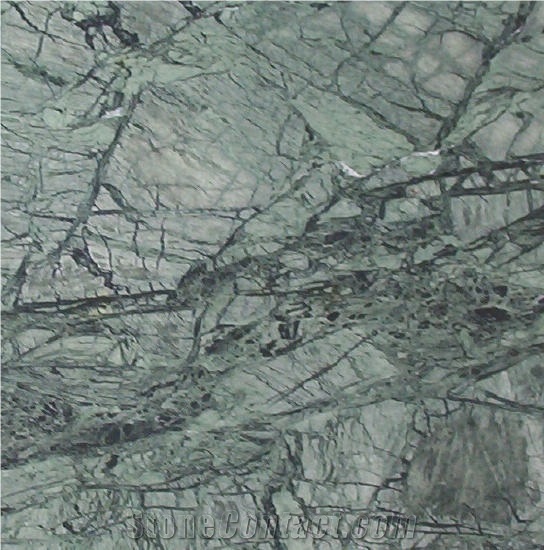
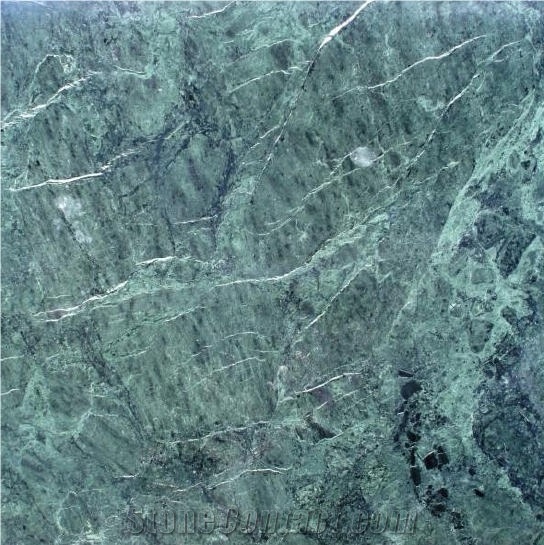
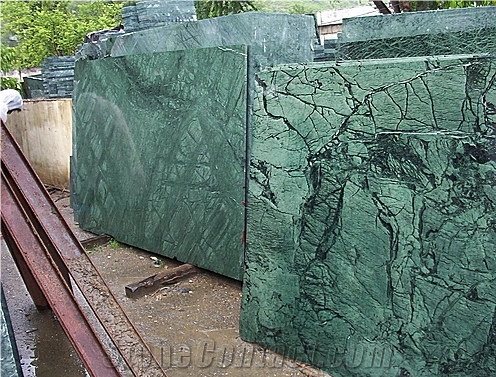
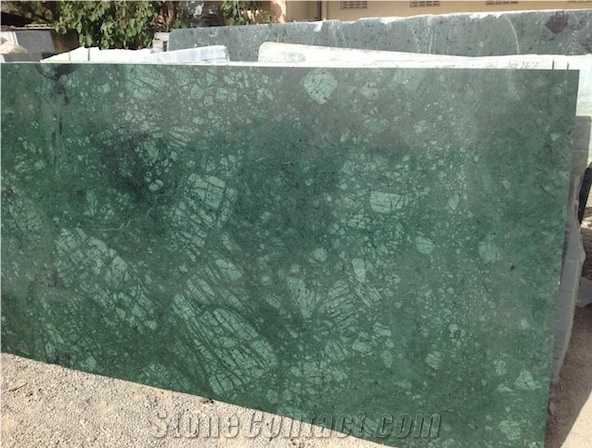
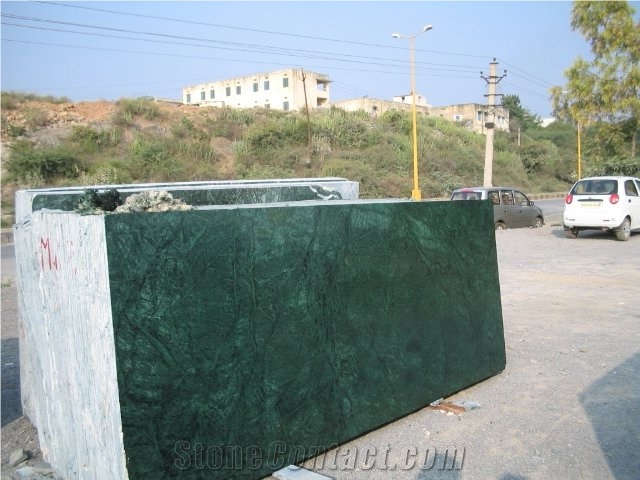
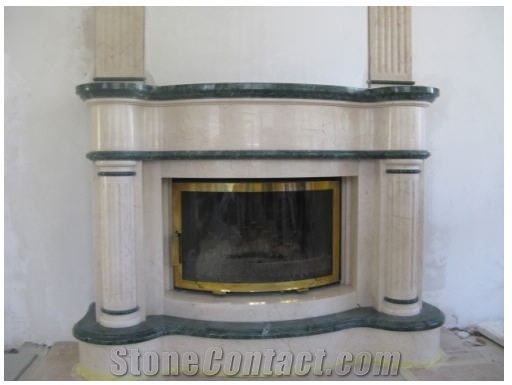
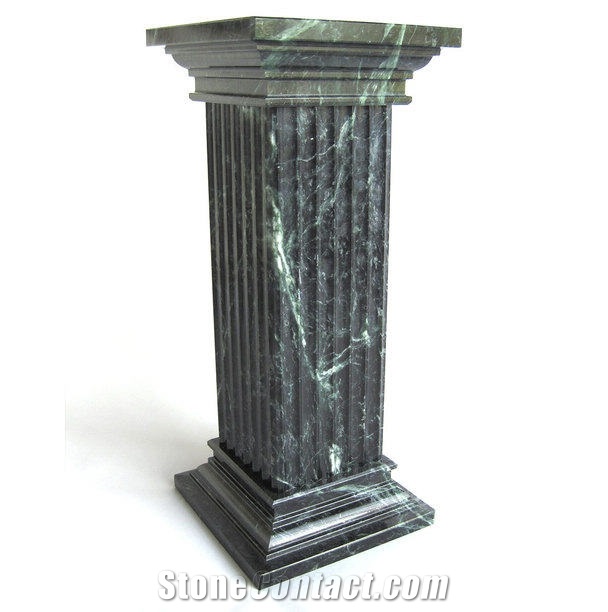
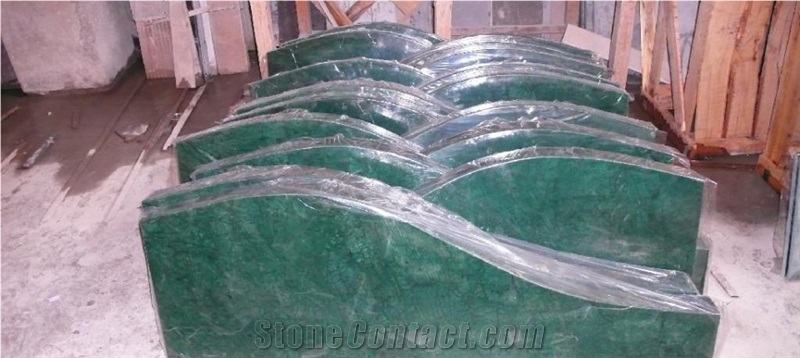
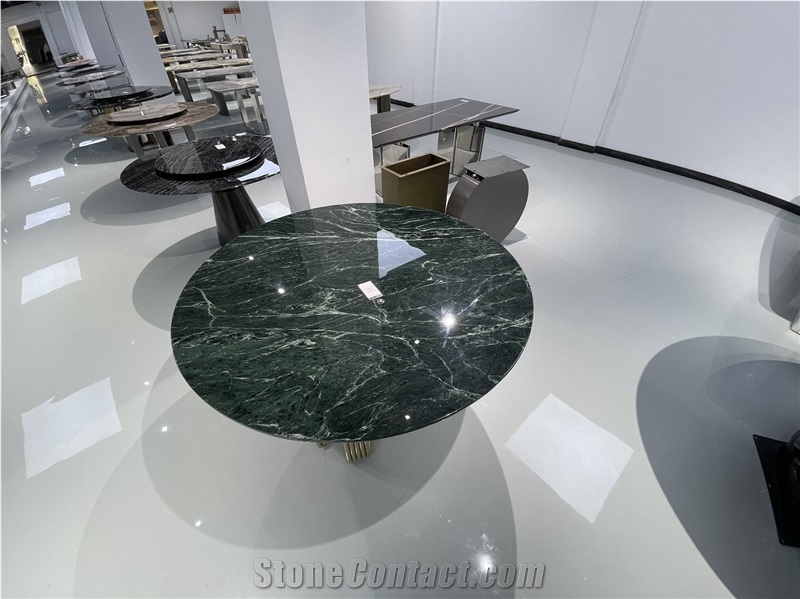
 Russian Federation
Russian Federation